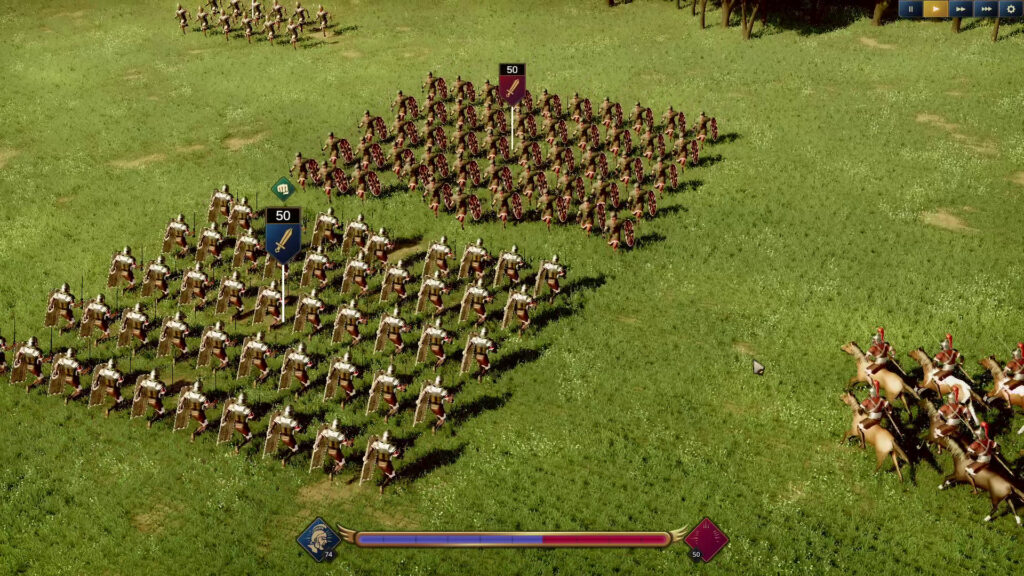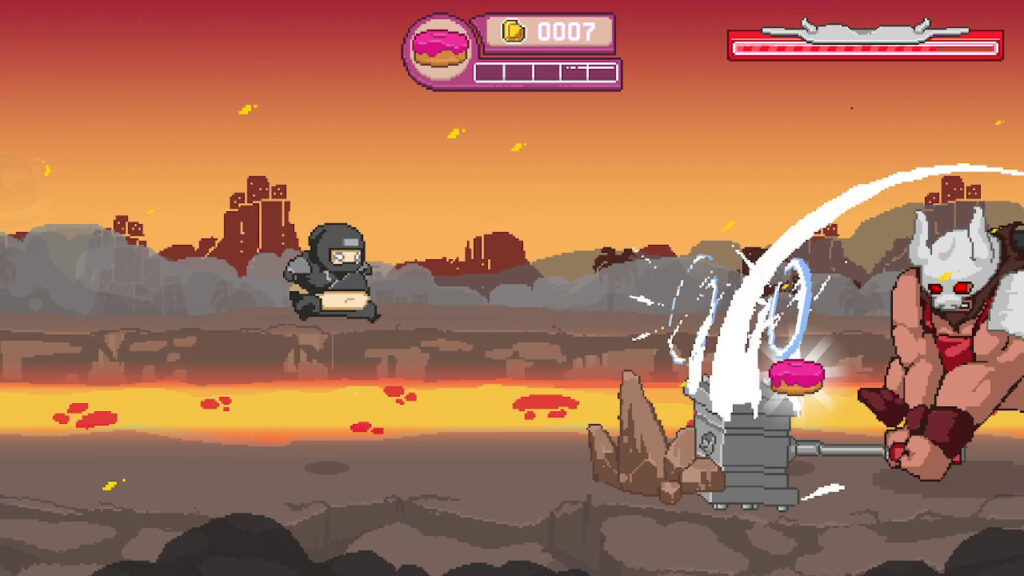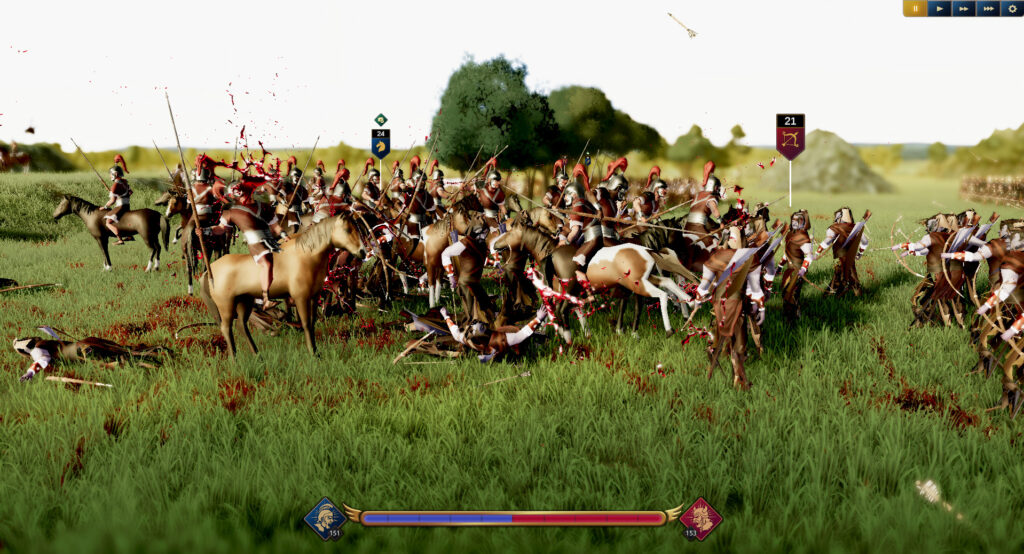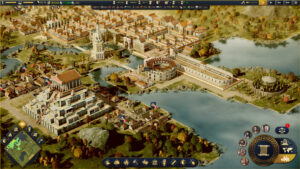There is a group of users who consider AAA to be a video game genre in its own right, but this may be misleading. AAA games do not represent a genre, nor is it a term that refers to the quality of the game, but a standard for determining production values. If we were to look for an equivalence in the movie industry, it would be the blockbusters, the biggest movies from production companies like Disney or Warner Bros, with exorbitant budgets, big stars in the cast and the most spectacular special effects.
In the video game industry, the triple A corresponds to the most expensive games, in their production, which usually have the most advanced technology, studios of hundreds of people, dubbing by famous actors, and huge marketing campaigns to accompany the launch. AAA games include sagas such as The Last of Us (Naughty Dog/ Sony), The Legend of Zelda (Nintendo) or Starfield (Bethesda/ Microsoft) from the first party, or the GTA saga (Rockstar) as third party.

Why do some users consider AAA to be a genre? Simply because many of these games share elements, could that be an open-world development, the weight of the story, a single-player development or just the most advanced technical aspects. It doesn’t always have to be that way. Within the AAA catalog we also find sports, speed or strategy games, such as the Civilization or Anno series.
AAA games vs indie games.
To be fair, in addition to the resources that AAA games have, there is another element that differentiates them. Since they belong to large companies, they are subject to a series of controls that, in some cases, can limit creative freedom. There are independent games that have budgets as large as a AAA (Death Stranding by Kojima Productions, for example) but retain creative freedom, since there is no publisher that exercises control over the development studio. So we can refine our definition: an AAA game features the highest production values and the control of a publisher or IP owner.
An indie game may have an equally high budget, and the same level of graphics, sound, story or depth as a AAA, but the main difference is that it has had completely free creative direction. Sometimes this approach is more risky and gives us completely unique developments, and sometimes it is more conservative and stays within the genres we know. Neither approach is better or worse than the other; both are perfectly legitimate.
Should an indie game try to replicate the AAA graphics?
Independent games, as we mentioned before, can afford to make riskier creative decisions. Sometimes the look of a game is determined by budget constraints (developing a game with a cel-shaded look is more affordable than making it hyper-realistic), and sometimes it may be due to a limit imposed by the graphics engine used. But the most interesting thing is that the visual aspect can give personality to a title. Our idea may make much more sense with a minimalist style, with pixel art graphics or even in black and white. It is a decision that responds to design over budget.
While a hyper-realistic graphics style may give the impression of a higher quality game, this is not always the case. It is more important to be consistent with the theme and setting of our game and with the designer’s vision.It doesn’t make sense for an indie game to copy the style of a AAA if it doesn’t fit its genre or gameplay.

In the case of Citadelum, Abylight Barcelona went through several iterations to find the visual style that best fit the game’s theme. Our title of strategy and city building in Ancient Rome began with a more cartoony approach, close to our previous release, One Military Camp. However, as development progressed, we opted for a more realistic and detailed style that would fit the historical context and be similar to other big budget strategy games. The 3D designs, the possibility of zooming in to see the interior of the buildings or the design of the gods in the pantheon are close to more expensive productions.

This is a creative decision we are very happy with, and one of the defining elements of our games.











